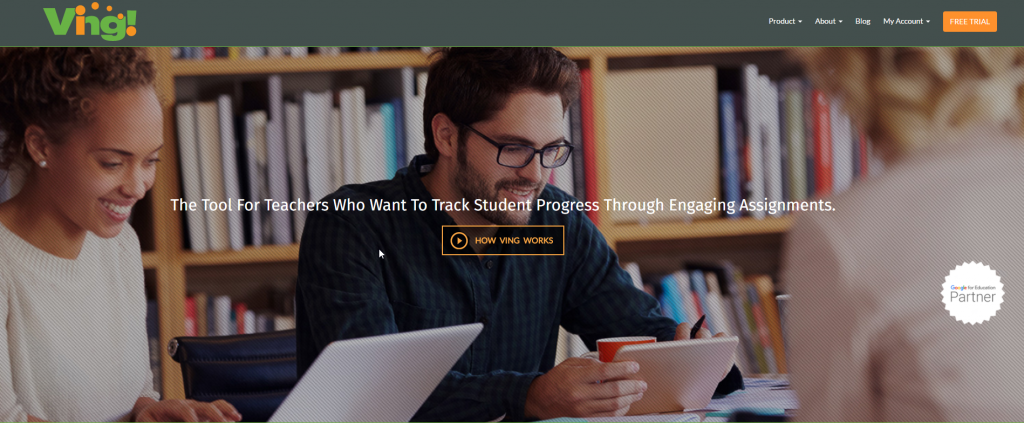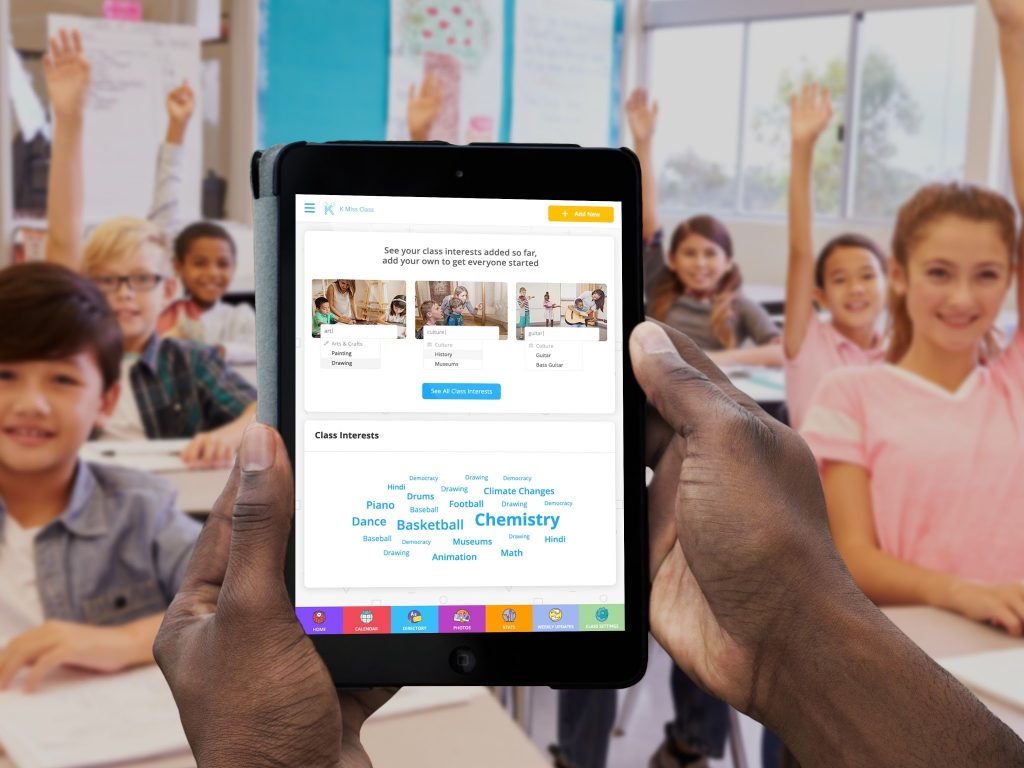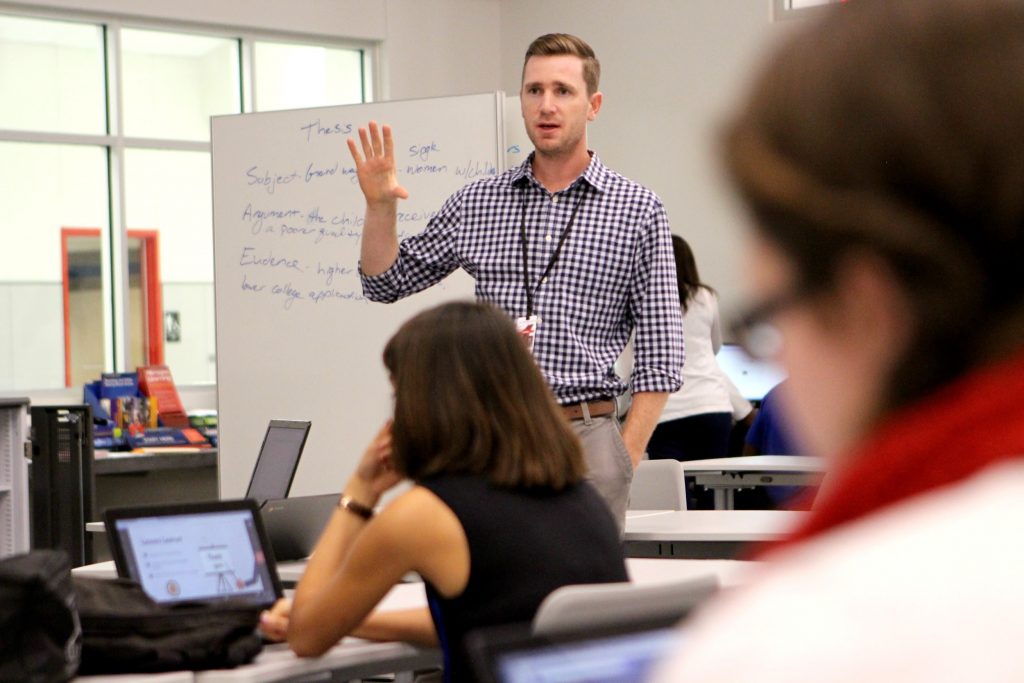Are you looking for techniques to help students who have difficulty reading or following written instructions? If so, keep reading.
1. Follow up a less desirable task with a highly desirable task. Make the conclusion of the first task appropriate to finish the second task.
2. Minimize distracting stimuli in their surroundings to enable the student’s capacity and ability to follow written instructions (e.g., place the student on the front row, give the student a table or “office” space away from distractions, etc.). This should be used as a way to lessen distractions, not as a punishment.
3. Praise those students in the classroom who follow written instructions.
4. Create tasks/learning activities for following written instructions (e.g., informal learning activities designed to have the student carry out instructions in steps, increasing the level of difficulty).
5. Record instructions for the student to listen to individually and replay as appropriate.
6. Utilize visual signals in written instructions (e.g., green dot to start, red dot to stop, arrows, etc.).
7. Assess the appropriateness of the task to ascertain (a) if the task is too easy, (b) if the task is too complicated, and (c) if the duration of time scheduled to finish the task is sufficient.
8. Show instructions in both written and oral format.
9. Get the student to read written instructions to their teacher.
10. Provide instructions in an assortment of ways to enable the student’s comprehension (e.g., if the student fails to understand written instructions, present them orally).
11. Converse with the student to explain (a) what they are doing wrong (e.g., not following written instructions) and (b) what they must be doing (e.g., following written instructions).
12. Place the student near the source of the written instructions (e.g., teacher, aide, peer, smartboard, projector, etc.).
13. Make the student wait until the teacher gives them a signal to begin the task (e.g., hand signal, ring bell, etc.).
14. Utilize vocabulary that is within the student’s level of comprehension when delivering instructions, explanations, and information.
15. Get the student to repeat to themselves information just read to help them remember the essential facts.
16. Draft an agreement with the student stipulating what behavior is required (e.g., following written instructions) and which reinforcement will be implemented when the agreement has been met.
17. Consider using AI to teach reading comprehension.
18. Consider using Alexa to teach reading skills.
19. Try using one of our many apps designed to teach literacy skills and help students with reading issues:
10 Apps That Teach Your Child to Read
7 Must-Have Apps to Make Learners Love Reading
7 Must-Have Phonics Apps and Tools
9 Reading Apps and Tools for the Elementary Classroom
The Tech Edvocate’s List of 24 Literacy Apps, Tools & Resources











